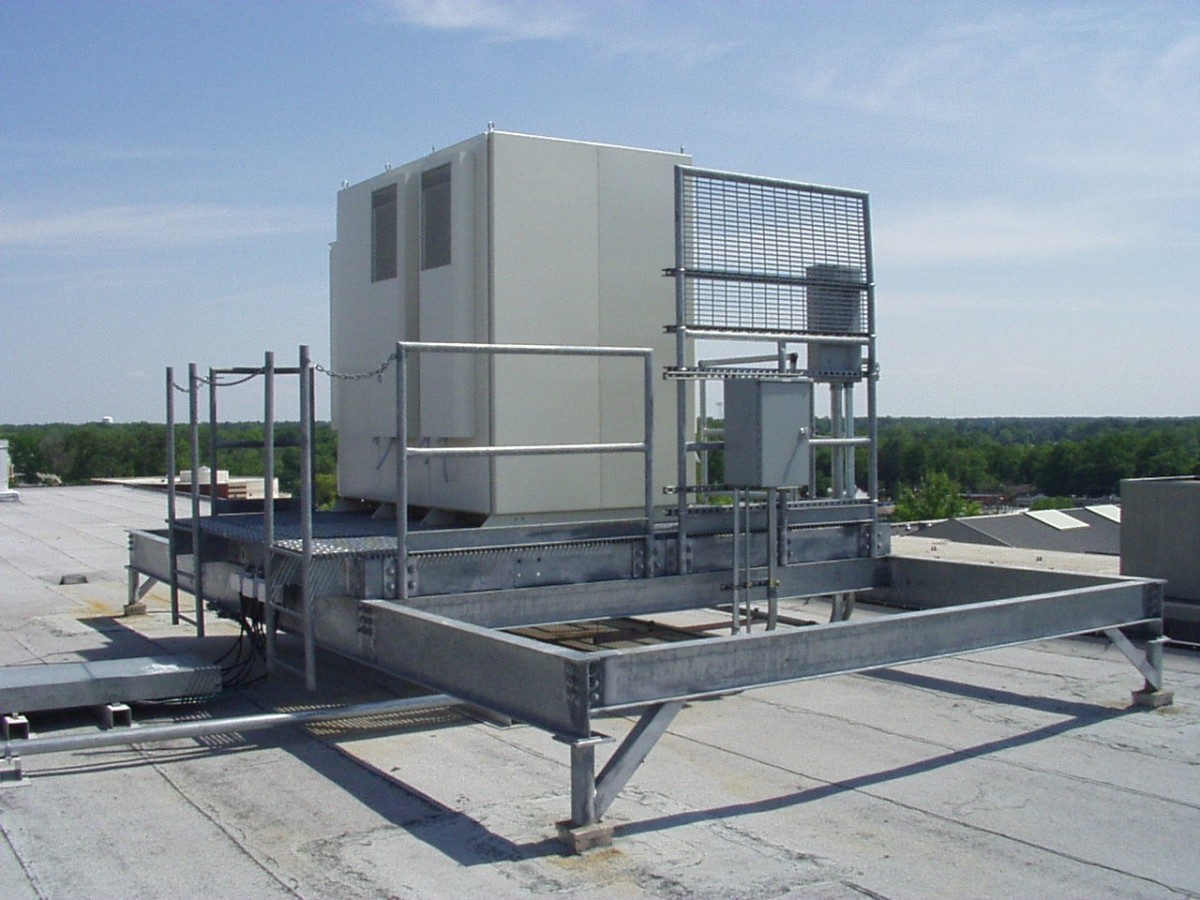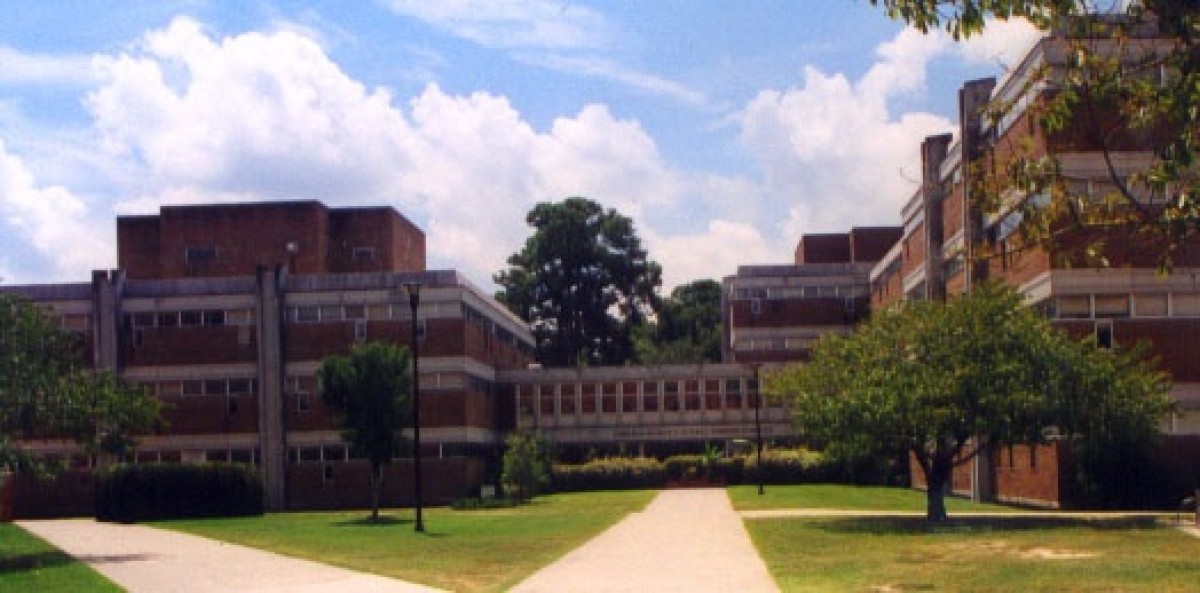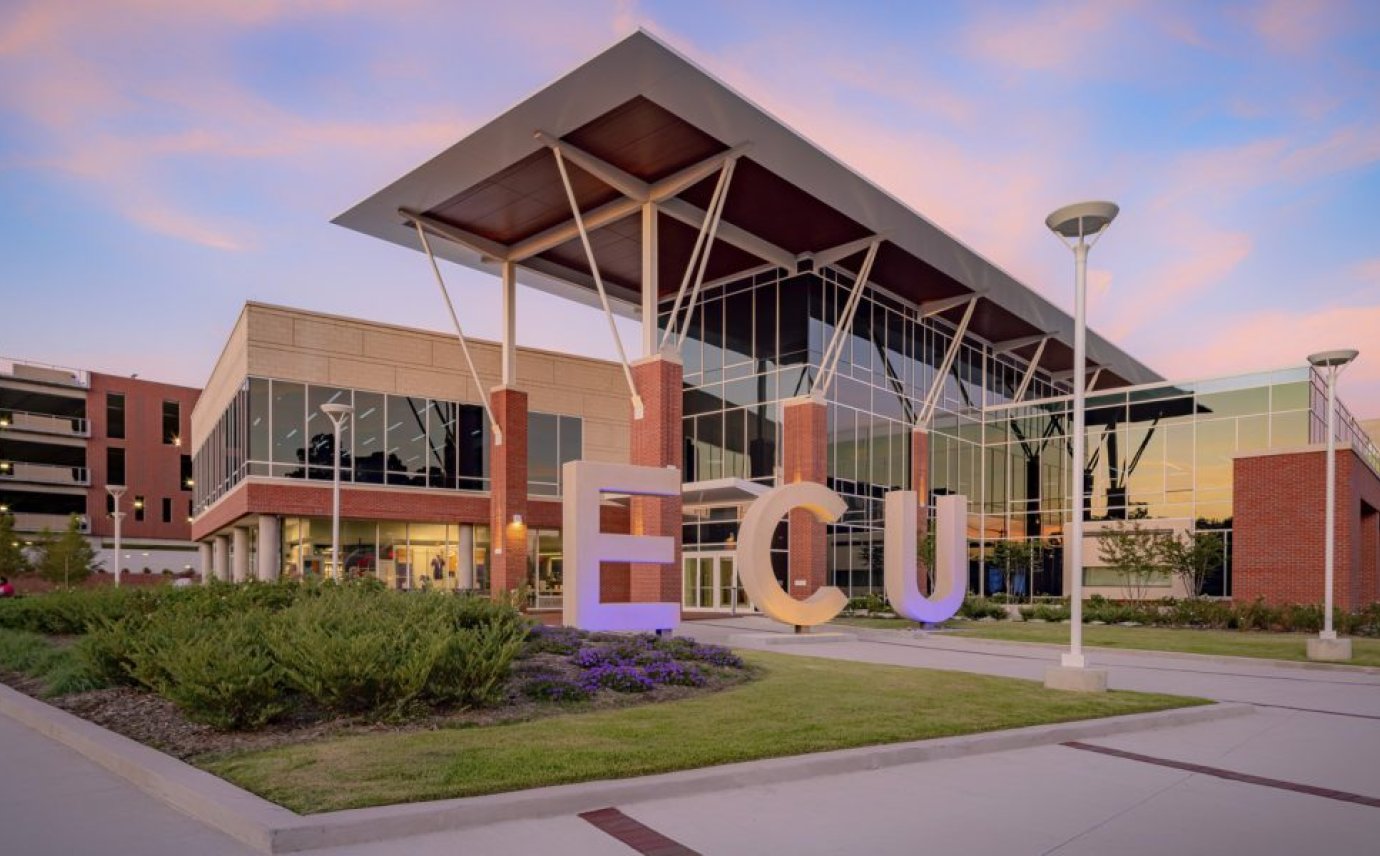GPS Utilities Mapping and Inventory
East Carolina University had been primarily dependent on paper maps and record drawings for daily operation of their sanitary sewer system and steam system, as well as maintenance and repair efforts. As our Geomatics Team had performed extensive on-campus stormwater asset survey and condition assessment months earlier as part of a larger City of Greenville project, we were selected to provide GPS survey-grade mapping and inventory for approximately 220 sanitary sewer and 75 steam system manholes. For the sanitary sewer system, data collection efforts included IDs; coordinates; pipe invert elevations; connecting pipe materials and sizes; manhole depth, diameter and shape; and, photographs. For the steam system, data collection efforts included IDs; coordinates; vault diagrams; and, photographs. At the conclusion of the project we provided the University with an electronic geodatabase (complete with with hyperlinks) to photographs and diagrams as well as hard copy maps.
Chiller Replacement for the Howell Sciences Complex
Our Building Systems Group worked with the University to replace two chillers with a 150-ton capacity chiller and a 250-ton capacity chiller. The team designed modifications in the piping to accommodate the new equipment, and after conducting thorough field investigations and performing block cooling level calculations to determine their appropriate capacity, we also prepared plans and specifications for their installation.



Automated Energy Management System and Chiller Monitoring
Our Building Systems Group worked with the University to provide a new campus-wide, networked Energy Management System (EMS) to monitor and control 18 existing water-cooled chillers in 14 buildings. Their work included the installation of new DDC control panels, network interface hardware, the associated input/output devices, cabling, operations workstations, and EMS software. The new Energy Management System was then networked together on a peer-to-peer level utilizing 10 Base T Ethernet on East Carolina University's existing fiber optic telecommunications system.
Medium Voltage Distribution Study and Design
Our Building Systems Group provided electrical engineering design services for a comprehensive study of the electrical distribution of the entire campus of East Carolina University to assist in meeting both the short-term and the long-term goals for the campus' electrical distribution system.
Those short-term goals included the determination of deficiencies in the existing system, development of alternative solutions to overcome these deficiencies, and the provision of aerial mapping for all utilities and development of a GIS system.
The long-term goals included a study of the entire system with long-range planning for the next 15 - 20 years, provision of alternative schematics with multi-objectives (both technical and economical), and the provision of an implementation strategy for the preferred alternative.
Elevator Modernizations
Our engineers and architects have provided design services for vertical transportation projects in both the Brewster and Howell Science buildings on the East Carolina University campus that include elevator system design, project-appropriate system selection, modernization, life safety and ADA upgrades.
The transportation systems installed in these buildings have all been non-proprietary, allowing maintenance by any elevator maintenance company, and have addressed ADA and Life Safety issues in accordance with the N.C. Building Code, Office of State Fire Marshall and Department of Labor requirements.
Our teams inventoried and analyzed conditions, provided schematic designs for the various options, determined accessible routes from the building exterior to the proposed elevator location, and made recommendations on the types of elevator equipment that best suited the condition of each. In addition to many other details, we evaluated emergency power systems, fire rating issues and ventilation, and provided design for the elevator cabs’ upfit of floors, lighting, paneling and switchgear.
